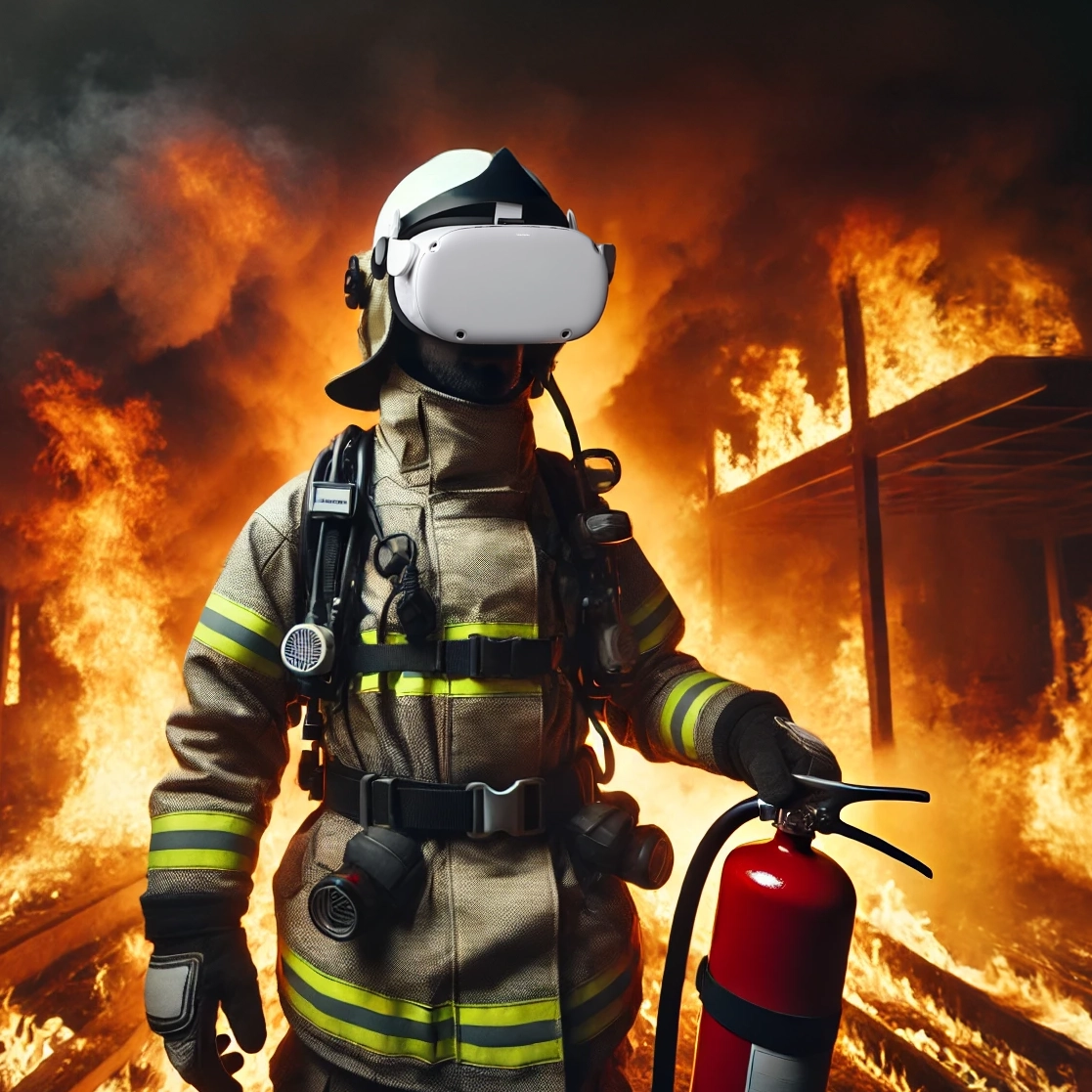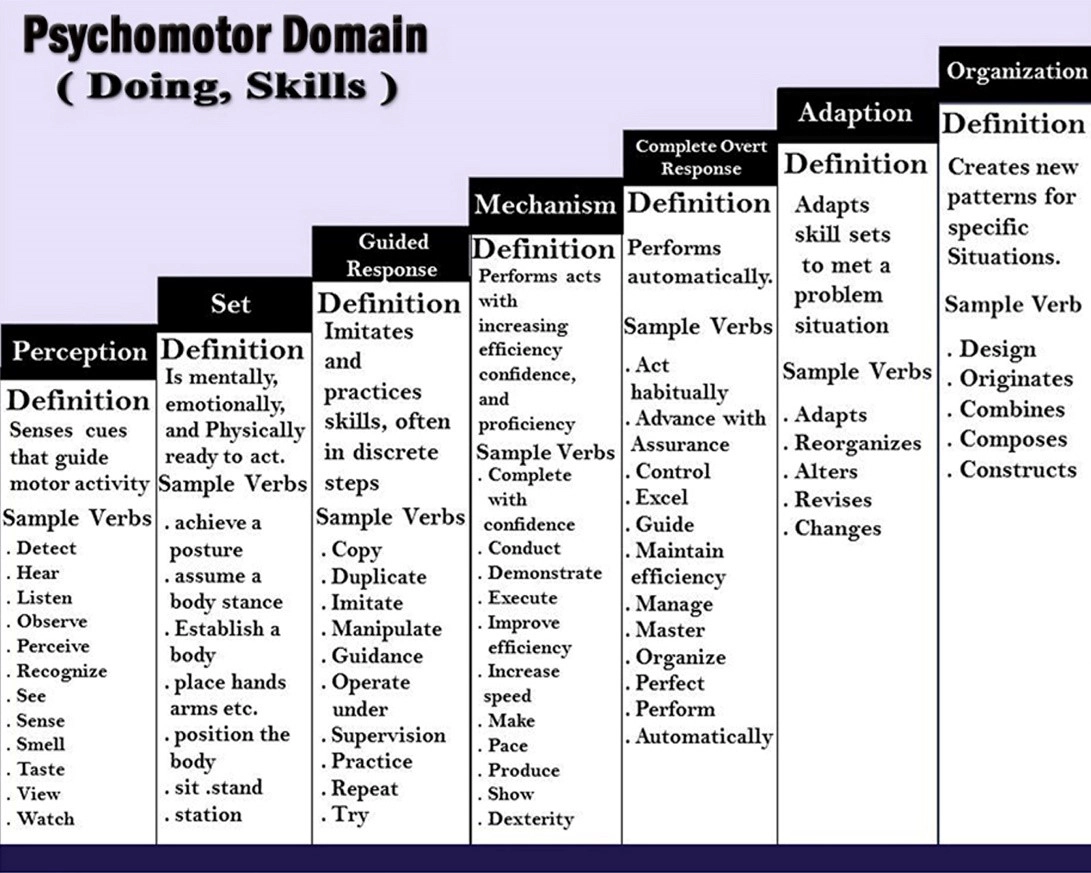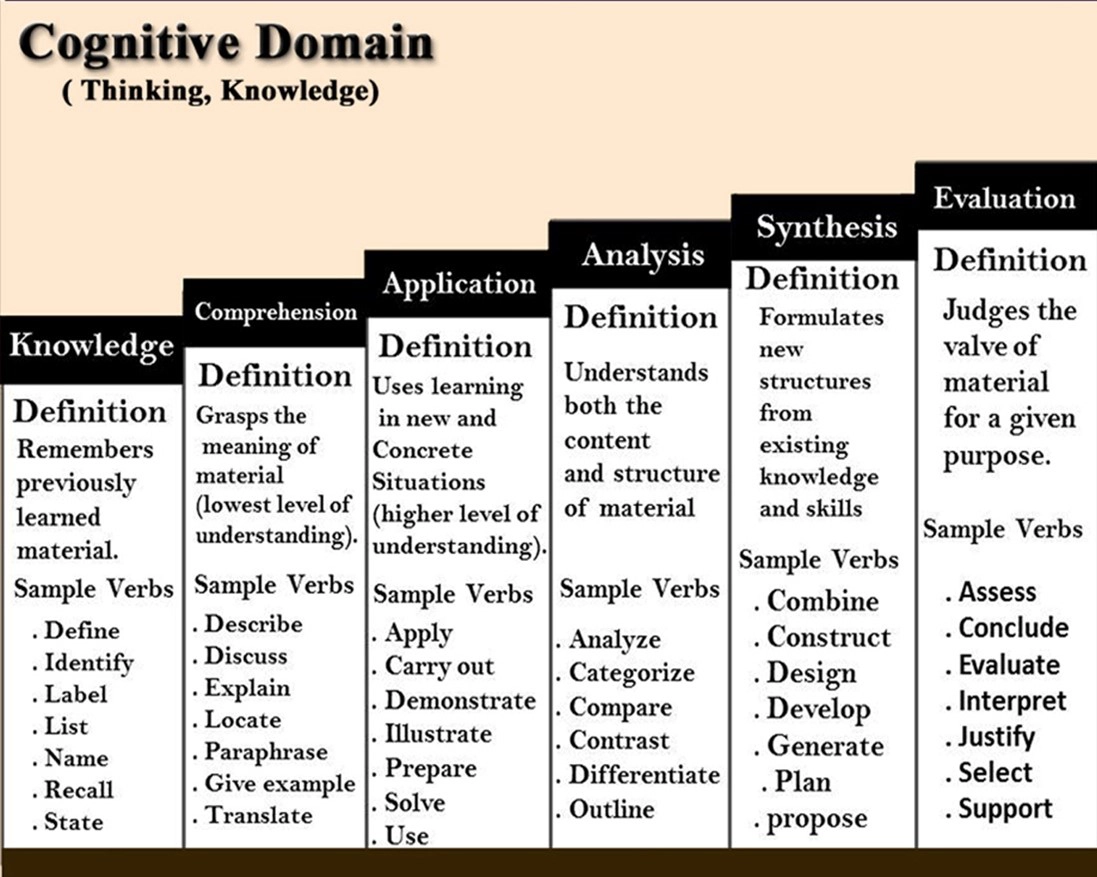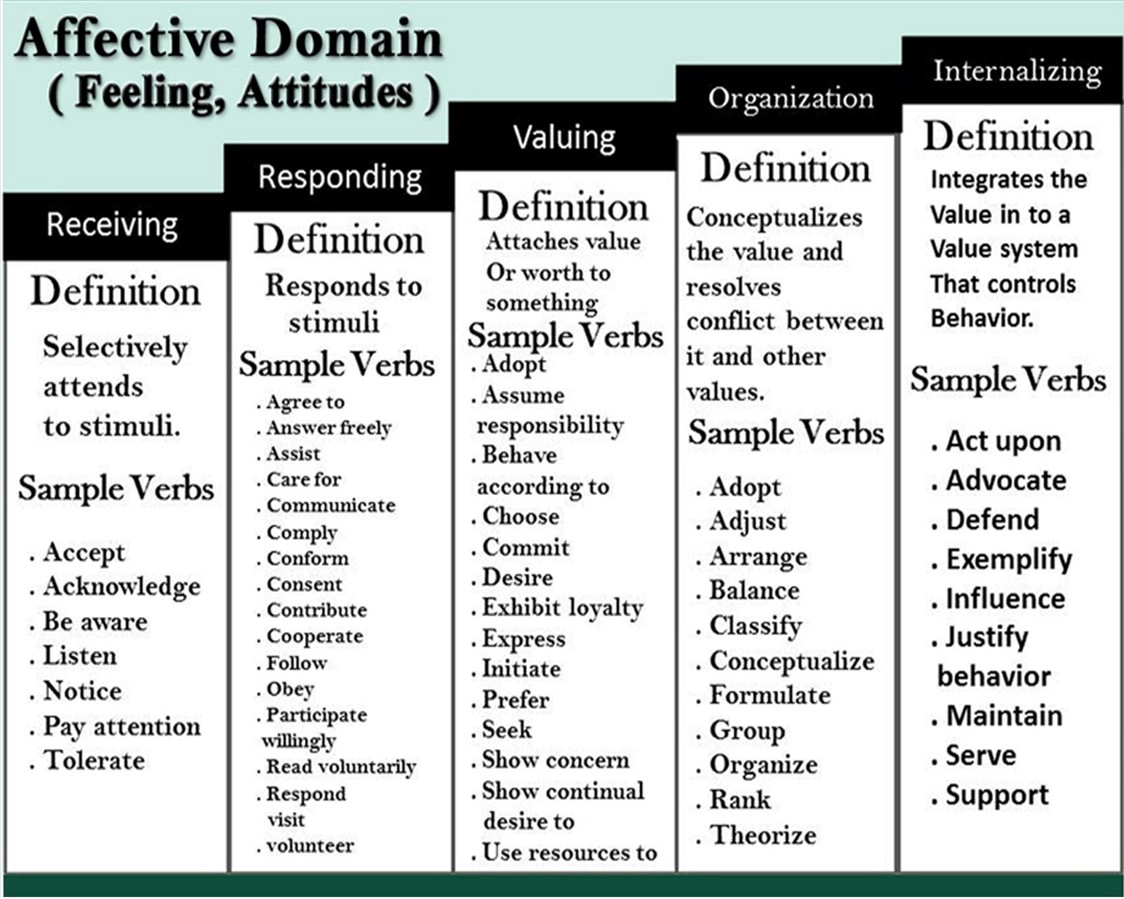
How Virtual Reality Enhances Fire Extinguisher Training, According to Bloom’s Taxonomy
Virtual reality allows for people to have fully immersive experiences that can be incredibly impactful. Putting on a VR headset means that you can be transported away to a virtual tour of places you have never seen before, experience a fantastical environment unbound by reality, or even play a game that can place you in a unique world to interact with. The possibilities of VR are endless and exciting to consider.
At TLN, we are looking for ways to utilize VR to create memorable, meaningful, and impactful learning experiences with our clients. These VR learning modules have a lot of advantages that they can bring to a client’s training arsenal. For one, the logistical requirements for many kinds of in-person, hands-on training can be very large. Not only do you need to have a specific location and pieces of equipment necessary for performing the training, you also require a trained educator to run the session and provide feedback and assess participants. These sessions also take up a large amount of time and schedule coordination that can be quite difficult, especially if you are training people on different teams with competing priorities for their attention. This time and logistical considerations also cost money, which every company is conscious of.
Our FireWise module, which trains participants on how to use a fire extinguisher properly, is a prime example of how a generalized safety skill that requires hands-on training can be done in VR effectively and save logistical and financial costs. Almost any workplace, from industrial to office settings and anywhere in between, requires people to be properly trained to use a fire extinguisher in case of an emergency. This makes FireWise a beneficial tool for any employer looking to adopt VR into their training and save some of the headaches of performing this training themselves.
While these points highlight the advantages for our clients to use FireWise, it doesn’t explain the theory as to why it is an effective tool for learning. For that, we can look to the gold standard for understanding educational theory: Bloom’s Taxonomy of Learning.
Bloom’s taxonomy is a set of hierarchies that are used to classify learning objectives, broken down by three domains of learning: cognitive (or knowledge-based), affective (or emotion-based), and psychomotor (or action-based). It has been a commonly accepted theory of learning that has formed the basis of many forms of education from elementary school all the way up to adult learning. Any teacher or educator with formal training from the last 70 years will be familiar with Bloom’s and how it has shaped the way we learn.
Initially, it would appear that virtual reality training would have the biggest impact in the psychomotor domain. This would be correct, but a module like FireWise also takes advantage of the cognitive and affective domains as well to further enhance the impact of its learning. Let’s take a closer look at how it does this.
Psychomotor Domain

The psychomotor domain of learning, which is based around actions, can be greatly enhanced using virtual reality. Many traditional learning environments may get learning to the “perception” and “set” levels of the psychomotor domain but can’t really get much further. Hands-on training increases this exponentially, where learners can perform the tasks that they are learning in the “guided response” level and continue to practice these motor skills through the “mechanism” and “complete overt response” levels with enough repetition. Hands-on training can eventually be engaged for the “adaptation” level of learning, but it requires a great amount of time, coaching, and logistical set-up for learners to respond and adapt their skills to a unique scenario.
FireWise VR can engage all of these levels of the psychomotor domain in a more efficient and cost-effective manner in terms of fire extinguisher training. The basic levels of the training walk the learners through the steps required for operating a fire extinguisher and help them to understand the PASS Method (Press, Aim, Squeeze, Sweep) for using the extinguisher to put out a fire. It has modes that increase in difficulty so that learners can test their skills in less guided environments with graded assessments to understand their performance. The real advantage of FireWire comes in the ability for repeated training to occur without the need to physically set up a new environment with a fire to put out. In addition to this, there is an “Advanced” mode where learners are put into a randomized scenario with randomized environments and fire types and several different types of extinguishers to choose from. The learners must assess the situation they find themselves in, select the proper extinguisher, approach the fire from the correct and safest direction, and then extinguish the fire. It is an easy way to engage the “adaptation” level of the domain, and with repeated practice can greatly increase a learner’s skills and confidence at a high level in a shorter period than could reasonably be expected with in-person fire training.
Cognitive Domain

Fire extinguisher training typically engages the first three levels of the cognitive domain. The “knowledge” level is engaged when the learner is taught the different components and types of an extinguisher, as different kinds of fires will require different types of extinguishers. The function of how an extinguisher works will take learners up to the “comprehension” level, and the learning of the PASS Method covers the “application” level.
FireWise does include all this information as part of its guided “Beginner” mode, and it can be referenced by the learners anytime once they have completed it. The “Advanced” mode that was mentioned earlier does give the module the ability to engage learners up to the “analysis” level of the cognitive domain, as learners must be able to analyze the type of fire that they are faced with, recognize and compare the different extinguishers available, and then apply their skills with the PASS Model. This mode does also allow learners to safely learn from potential failures. Making the wrong choice of extinguisher (for example, choosing a water extinguisher for an electrical fire) would have catastrophic results in real life, but in VR it can be treated as a teachable moment where they can repeat the training and apply what they have learned from making the wrong choice.
Affective Domain

It may not be immediately noticeable as to how the emotional-based learning of the affective domain comes into play in VR, but FireWise is actually a great example of how it can make a big impact.
The “receiving” level is mostly achieved by understanding not only the situation of a fire occurring, but the outside factors that may affect it such as the surrounding environment and conditions (such as weather) that may affect it. The act of fighting and extinguishing the virtual fire takes the learners into the “responding” tier, and the “Advanced” mode only enhances the learner’s abilities to respond to the situation.
There is an unexpected way this domain can be engaged even further, and this actually came courtesy of a TLN client that uses FireWise to train their employees in an industrial setting. This client works with the learners through the VR training by observing and assessing their performance. However, once the learners are out of the VR headset, they sit down with them and have a conversation about how the simulation would affect them if it were occurring in real life. A learner may be completely proficient with fighting any fire they come across in VR, but in the back of their mind they understand that it is not reality. If that same person were to walk into a warehouse where a grease fire was happening and starting to spread, would they feel safe in fighting that fire?
This is one of several questions that our client would talk through with their employee. This gives them time to take their learning to the “valuing” level of the affective domain, and it gives them a perspective about how to take their learning on the job. No one is ever expected to fight a fire if they feel unsafe doing so. VR provides a safe environment to learn the proper skills, but this contextual conversation afterwards really highlights how the learning can be taken even further.
To summarize, virtual reality learning in general provides some amazing, impactful, and cost-effective experiences that can engage all domains of Bloom’s Taxonomy of Learning. While TLN has used these principles to enhance our FireWise module in many ways, we are constantly looking for ways to enhance a user’s ability to learn in VR through every domain.
If you are interested in learning more about how virtual reality learning can positively enhance and impact your training program, contact the team at TLN to engage our experts and create something with a very impactful return on investment.
Leave a comment
You must be logged in to post a comment.


Pingback: Can XR Save You Money in Your L&D Budget? - The Learning Network1 year ago